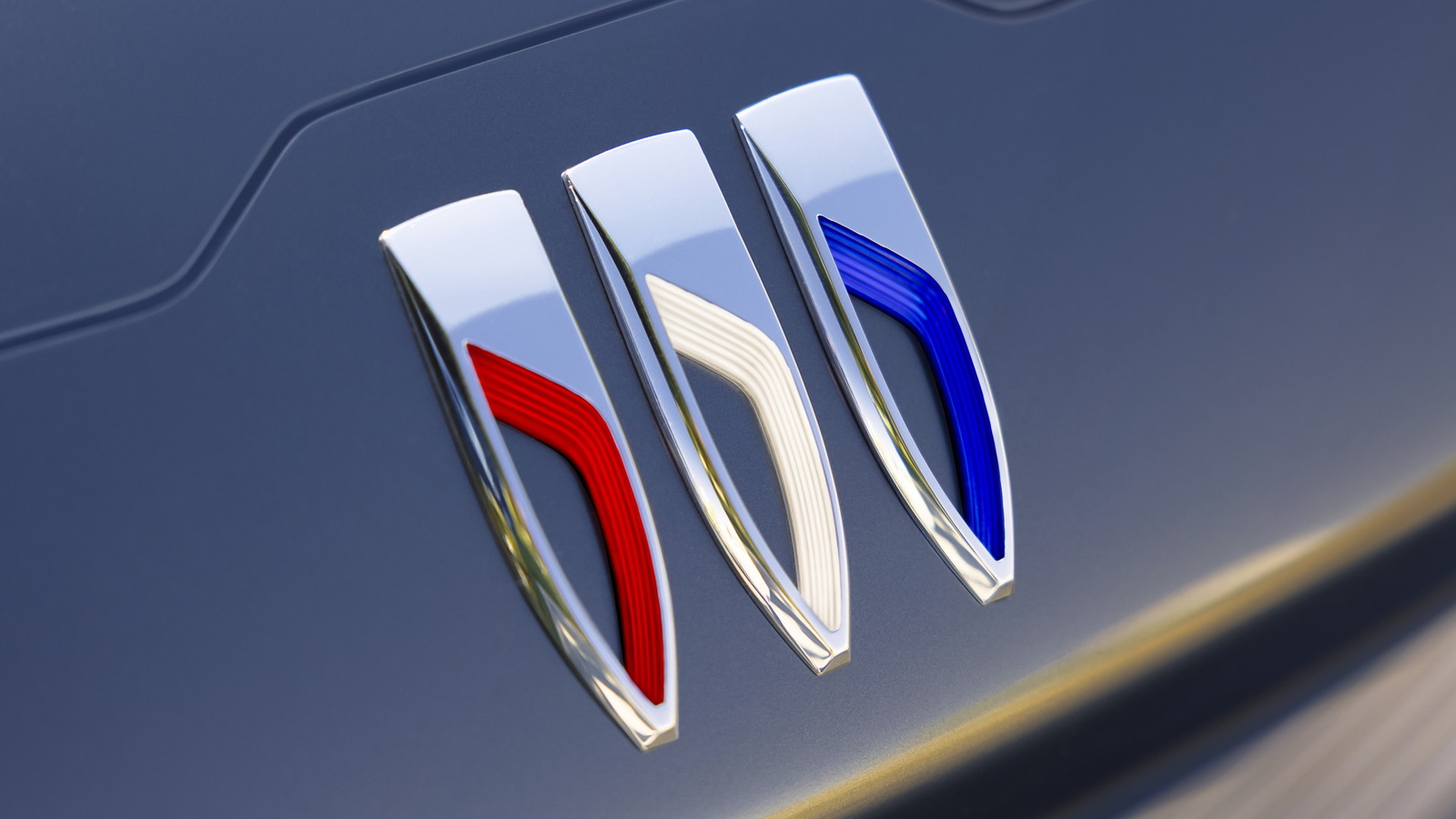
After the tri-shield was officially reintroduced in 1990, Buick entered a period of relatively strong sales but declining innovation. Models like the Roadmaster and the Century were consistent money makers for GM, but they hadn’t been significantly updated in years, and were based on rapidly aging platforms. The market was also just starting to shift towards SUVs, and Buick’s traditional sedan-heavy lineup didn’t have a star model to take advantage of this emerging segment.
The lack of logo change between 1990 and the mid-2010s is arguably reflective of GM’s attitude towards Buick overall during that period. The old motto of “If it ain’t broke, don’t fix it” comes to mind, but in retrospect, it seems that GM took its eye off the ball when it came to Buick’s competitiveness in the American market. Nothing had broken, per se, but foreign rivals and indeed other Big Three brands all progressed much faster in terms of technology and design, leaving Buick toward the back of the pack. Over this same period, however, Buick had launched in China, opening its first domestic factory in Shanghai in 1999. The Chinese perception of Buick was one of prestige and luxury, and GM took full advantage of this. Buick sales in China quickly gathered pace, and by 2013, the marque was a key factor in making China GM’s biggest market.
Stay connected with us on social media platform for instant update click here to join our Twitter, & Facebook
We are now on Telegram. Click here to join our channel (@TechiUpdate) and stay updated with the latest Technology headlines.
For all the latest Technology News Click Here
